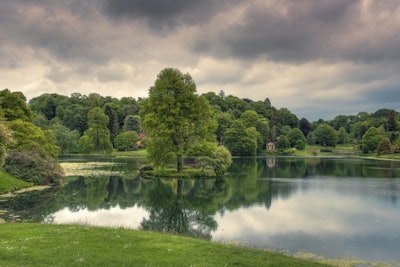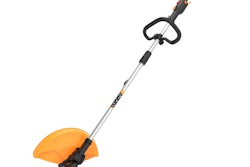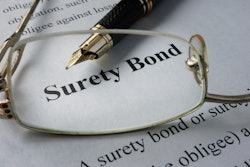
In addition to flooding, homeowners also have to account for shoreline erosion, delicate ecosystems, and invasive species of plants. Maintenance of a lakeside property is no small endeavor, but adaptable landscapers can alleviate this burden through a number of inventive solutions.
Below are ways in which you can overcome common landscaping obstacles around lakes.
Preventing soil erosion and habitat destruction
Owning and maintaining a property close to a lake comes with its own set of procedures and protocols. Many new homeowners on the perimeter of a body of water aren’t aware of the necessary precautions essential to preventing shoreline erosion and excessive plant growth. It’s more than a matter of appearance.
With a traditional lawn that extends into a lake shoreline, a homeowner compromises not only the aesthetic of the lake but habitats and sensitive ecosystems as well. A loss in shelter results in misplaced animals finding their way into spaces where they aren’t wanted. Fortunately, shoreline buffers are a simple solution.
A shoreline buffer is a strip of natural vegetation that serves several different functions. It stabilizes soil, filters pollutants and even provides sustenance for local wildlife. If the properties around the lake you manage have long lawns, a shoreline buffer is your best option in combating potential problems.
Defending against invasive species of plants
Invasive plants can throw a delicate ecosystem out of balance, harming both local wildlife and property owners. They’re prevalent in many places across the country. While only a fraction are invasive, this small percentage poses a large threat — and when dealing with a lake, a risk can be significant.
These invasive species have such a significant impact that they’re the second-greatest risk to biodiversity after a loss of habitat. They choke waterways, destroy nesting opportunities and steal space and nutrients from native species. In addition to harming the environment, these plants ultimately hurt property value.
To prepare yourself to handle this issue, educate yourself in which plants are native to an area and which aren’t. You already have your substantial knowledge of different species to draw on, but it often helps to relearn the information. It’s essential to study, as some invasive algae contain harmful toxins that can impact clients’ health.
After you’ve made a clear distinction between invasive and non-invasive species in an area, prepare an inventory of native plants. Through your research, you’ll have avoided any potential mistakes in choosing the correct species. Your foresight is essential in ensuring a property free of anything that doesn’t belong there.
Mounting a defense against floodwaters
Lakeside properties are inherently susceptible to flooding. Heavy rainfall from a passing hurricane could swell waters to dangerous levels, sweeping away patio furniture, damaging the exterior of homes and causing thousands of dollars in damage. It’s a risk homeowners accept when they live beside a lake.
A lakeside homeowner isn’t at the complete mercy of inclement weather, however, and your landscaping can ensure their property endures harsh conditions. You should use gravity to your advantage, grading the soil around a home to drain water away from vulnerable areas, and you have other methods at your disposal.
Native plants provide a measure of security from floodwaters. The ideal buffer is 20 feet wide, comprised of native shrubs, trees and groundcovers. With this dense layer of vegetation and a graded slope, a landscaper can mount a defense against the threat of water damage.
Lakes improve the value of a property
They also have the potential to cause immense damage without proper planning, and homeowners are often unaware of what that entails. An informed landscaper with an understanding of their profession can prevent problems before they happen, and work to reduce risks associated with lakeside properties.
Whether that risk is shoreline erosion, the destruction of habitats, invasive species or flooding, you should prepare yourself for any possibility.
EDITOR’S NOTE: This article was written by Holly Welles. Welles is a freelance writer with an emphasis on home improvement, business and commercial real estate. She regularly contributes to sites like Homes.com and Porch as well as publishing weekly updates on her own home improvement blog, The Estate Update.









